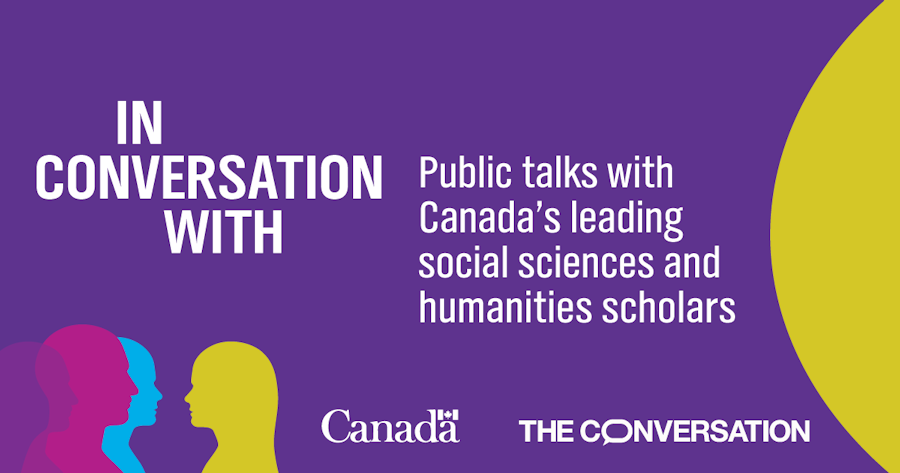|
It’s a well-known fact that pay inequities exist in society, but what really burns is when you consider their cumulative effects over time.
Today in The Conversation Canada, Marcie Penner of King’s University College and Tracy Smith-Carrier of Royal Roads University share their multidisciplinary research examining gender pay gaps for faculty in Canadian universities.
Their team, with expertise in equity policy, political science and cognitive science with mathematical modelling, showed that over the course of a career and retirement, a gender pay gap leads to a difference of roughly half-a-million dollars.
And, “given that the gender pay gap for racialized women professors is double that of their non-racialized women counterparts, it follows that racialized women professors face larger lifetime salary and pension gaps” than what their study calculated for women professors overall.
Their story offers ideas about what universities can do to address such gaps that are truly jaw-dropping when you consider the long term.
Also today:
All the best.
|

|
Susannah Schmidt
Education + Arts Editor
|
|

The gender pay gap for faculty in Canadian universities is significant and persistent.
(Shutterstock)
Marcie Penner, Western University; Tracy Smith-Carrier, Royal Roads University
Over the course of a career and retirement, gender pay gaps lead to a difference of roughly half-a-million dollars for women professors relative to their male counterparts.
|

A Nicaraguan mother holds a photograph of her son in Mexico City during the mother’s caravan in 2019.
(AP Photo/Marco Ugarte)
Linn Biörklund, York University, Canada
Migrant disappearances in Mexico have quadrupled. Here’s how Central American mothers searching for their disappeared children grieve and call out injustices in politically effective ways.
|

With mask mandates and vaccine requirements lifting, public health information remains crucial so people can weigh their own COVID-19 risks.
THE CANADIAN PRESS/Nathan Denette
Adam J. MacNeil, Brock University
To help people make informed decisions about ongoing COVID-19 risks, public health messaging needs to adapt as the pandemic evolves, just as immune systems adapt to new viruses and variants.
|

A new study finds that companies’ emissions reductions may not be what they seem.
(Shutterstock)
Anders Bjørn, Concordia University; H. Damon Matthews, Concordia University; Matthew Brander, University of Edinburgh; Shannon M Lloyd, Concordia University
Companies are buying renewable energy certificates to meet their emissions targets, but new research suggests that the bulk of these purchases do not lead to actual emission reductions.
|

A person holds a sign calling for to defund the police during an October 2020 protest in Ottawa after a police constable was acquitted of manslaughter in the 2016 death of a Black man, Abdirahman Abdi.
THE CANADIAN PRESS/Justin Tang
Shiri Pasternak, Toronto Metropolitan University; Kevin Walby, University of Winnipeg
Has the defund the police movement had an impact in Canada? It depends on how you define success.
|

Testing wastewater for the presence of diseases has grown in popularity during the COVID-19 pandemic.
(Shutterstock)
Mohammed Rafi Arefin, University of British Columbia; Carolyn Prouse, Queen's University, Ontario; Christopher Reimer, University of British Columbia
The COVID-19 pandemic has seen an increase in wastewater testing to monitor the spread of the virus. But historical cases show that targeted surveillance can further marginalize vulnerable populations.
|
La Conversation Canada
|

Particules du virus de la variole du singe agrandies et colorisées. Depuis début mai, plus de 550 cas confirmés d'infection humaine par le virus ont été signalés dans 30 pays.
(NIAID)
Sameer Elsayed, Western University
Voici les réponses aux questions les plus courantes sur ce virus apparenté à la variole, notamment sur sa transmission, ses symptômes et l’efficacité du vaccin antivariolique.
|
Ukraine Invasion
|
-
Kseniya Oksamytna, City, University of London
Atrocities are made easier when one country’s troops are taught to despise the people they are invading.
|
|
Arts
|
-
Peter Kimani, Aga Khan University Graduate School of Media and Communications (GSMC)
Banned 45 years ago, and its author detained, the Gikuyu language play Ngaahika Ndeenda profoundly shaped the literary legend.
|
|
Health
|
-
Jayashri Kulkarni, Monash University
The hormones in the pill can cause or exacerbate depression, and the type you use is an important factor.
|
|
Science + Tech
|
-
Guillaume Thierry, Bangor University
To capture the information that a brain contains, you need to cut it into billions and billions of slices.
|
|
|
|
| |
| |
| |

|
| |
| |
| |
| |
| |
| |
|
|